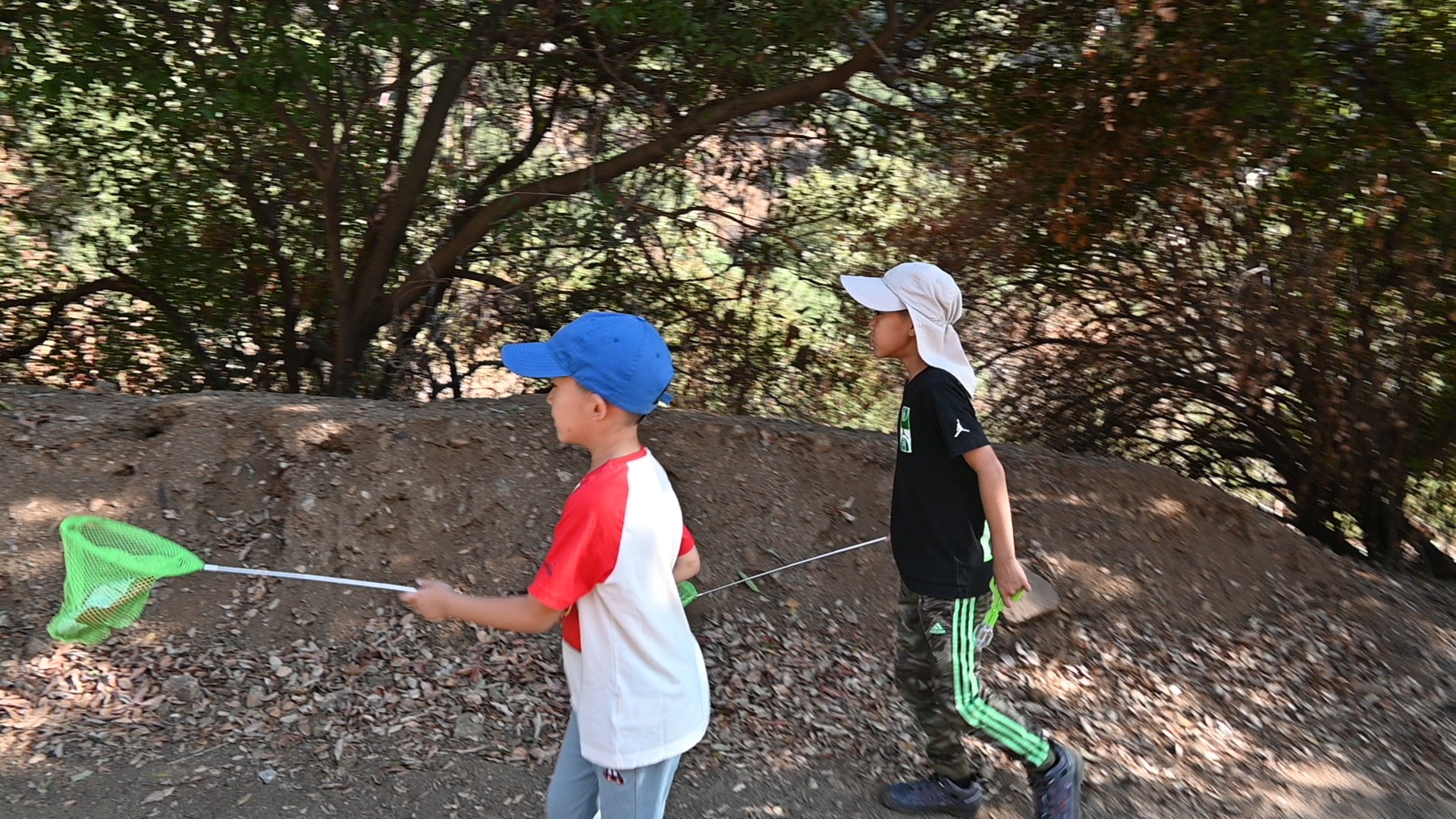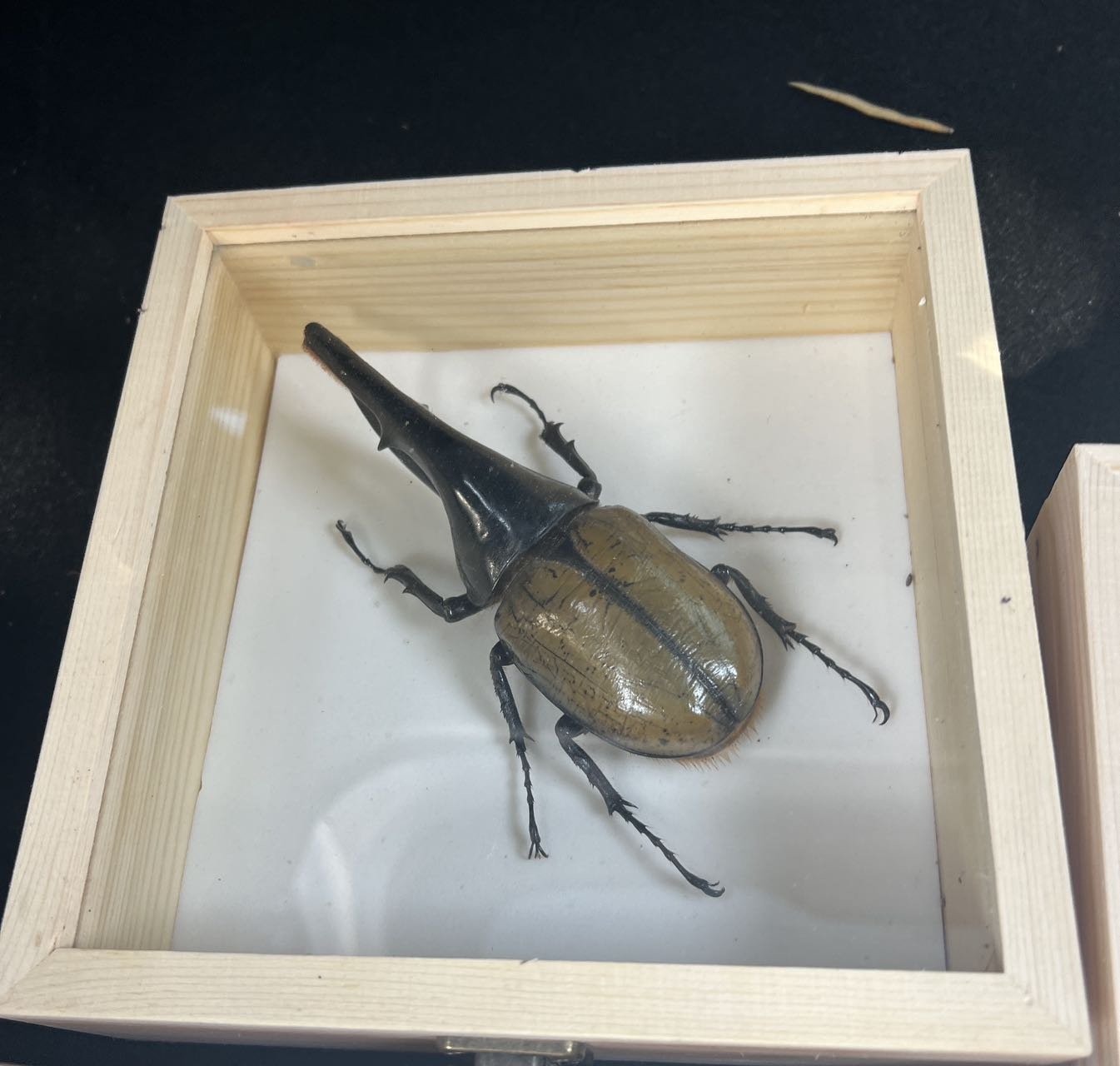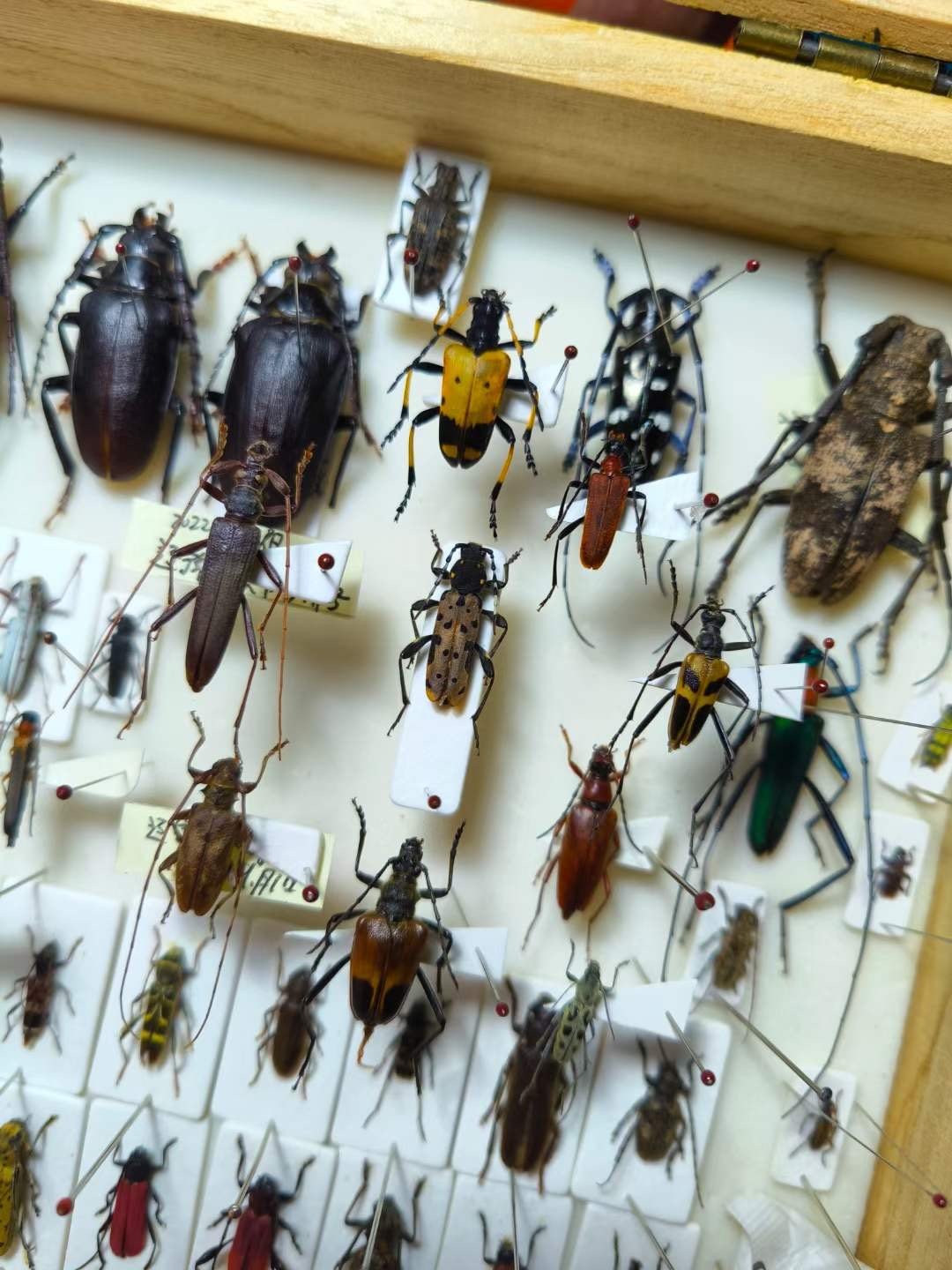

























































The World of Beetles
There are more than 350,000 known species of beetles, accounting for most of the diversity in the insect world. They can be found all over the world, from frigid arctic regions to hot tropical rainforests. Beetles vary in appearance and size, from tiny millimeters to giant ones several inches long.
The body structure of a beetle usually consists of three parts: head, thorax and abdomen. The most striking feature is the hardened forewings, called elytra, which protect and cover the weak hind wings. The elytra are often colorful, and some beetles even have a metallic sheen.
Beetles have different living habits. They can be carnivores, herbivores, scavengers or parasites. Some beetles, such as weevils, feed on leaves, and their long trunks help them reach higher foliage. Other beetles, such as ladybugs, feed on small insects and help control pest populations.
Beetle life cycles also vary. Most beetles complete their life cycle through four stages: egg, larvae, pupa and adult. Beetle larvae are generally more diverse than adults, and they live in various ways in different environments. Some burrow in the soil, some feed in wood, and some are parasitic on other insects.






